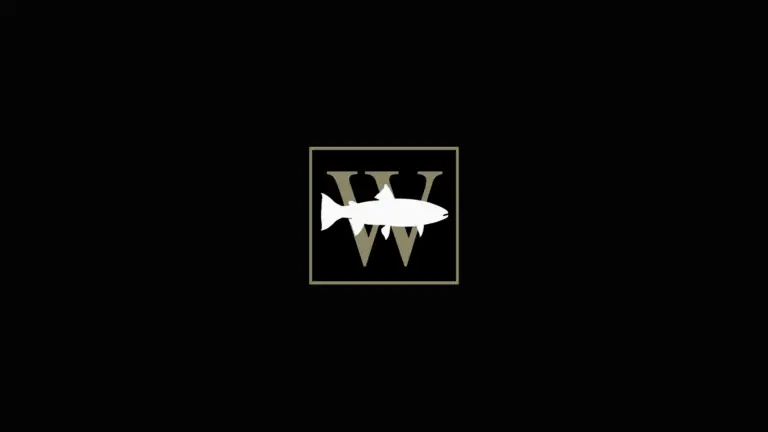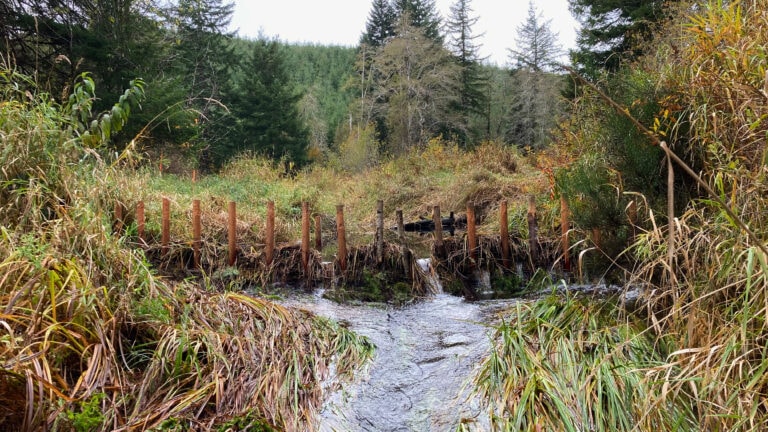
Coho Pre-Spawn Mortality Assessment Phase III
Spawning surveys were conducted in Kitsap and Pierce County to identify pre-spawn mortality in coho.
Despite hundreds of millions of dollars invested annually to protect and recover declining fish populations in the Northwest, many fundamental questions regarding our region’s wild fish resources remain unanswered.
Existing assumptions have too often been made in lieu of empirical study. Testing those assumptions drives Wild Fish Conservancy’s research and monitoring program.
We conduct research and monitoring projects in rivers, on lakes, and in near-shore marine habitats, at sites heavily impacted by human activity and in pristine areas untouched by development. We document the abundance and diversity of targeted species, their behavioral patterns, and geographic distribution. We study salmon spawning activity, fish passage at road crossings, water diversions, and agricultural pump facilities, and interactions between wild and hatchery fish.

Spawning surveys were conducted in Kitsap and Pierce County to identify pre-spawn mortality in coho.

Collection and synthesis of fish-distribution data for evaluation of fish-passage effectiveness at a retrofitted tide gate at the mouth of Maxwelton Creek on Whidbey Island in Puget Sound.

WFC conducted a rapid watershed assessment, analyzed the current status of salmon stocks, and developed a comprehensive suite of restoration actions intended to quickly improve habitat conditions for native wild fish in the Little Quilcene River basin

Wild Fish Conservancy developed and installed a digital video surveillance system to monitor upstream fish passage at the French Slough Flood Control Facility near Snohomish, Washington.

Beaver Dam Analogs are simple artificial structures designed to mimic the form and function of natural beaver dams. They are built into existing wetlands and channels to encourage channel rejuvenation and support beaver reintroduction.

WFC ground truthed and corrected water type classifications in approx. 90 mi of streams that drain the Gig Harbor Peninsula. Additionally, WFC filled critical data gaps on ESA-listed fish species composition and distribution via field observations and through the use of environmental DNA (eDNA).
Join our mailing list to recieve important updates on our work, the latest wild fish news, & opportunities to take action to support wild fish.
This site is protected by reCAPTCHA and the Google Privacy Policy and Terms of Service apply.
Wild Fish Conservancy is recognized as a 501(c)3 non-profit by the IRS